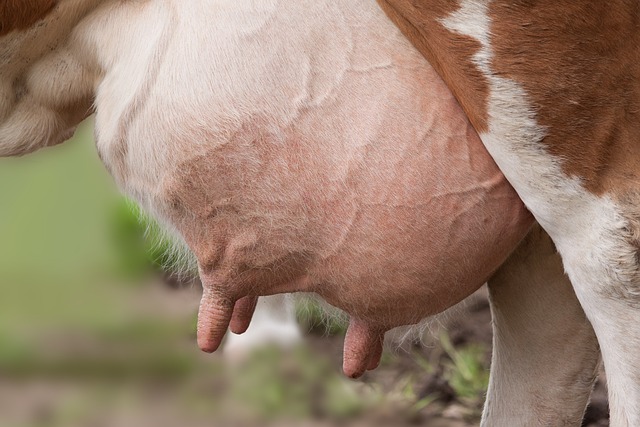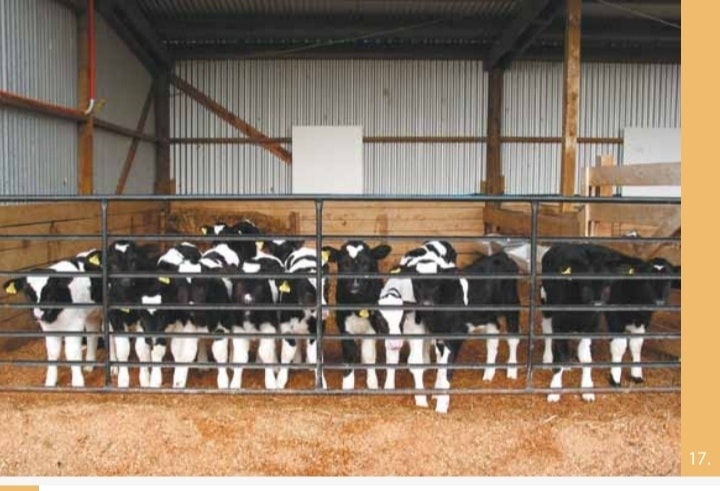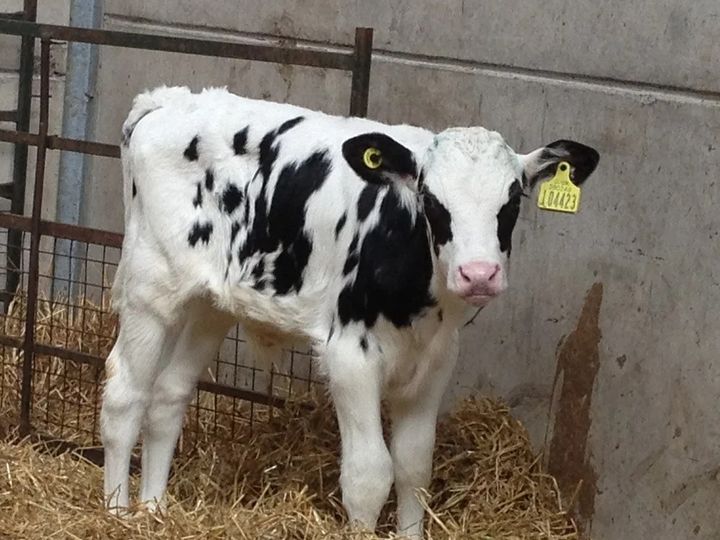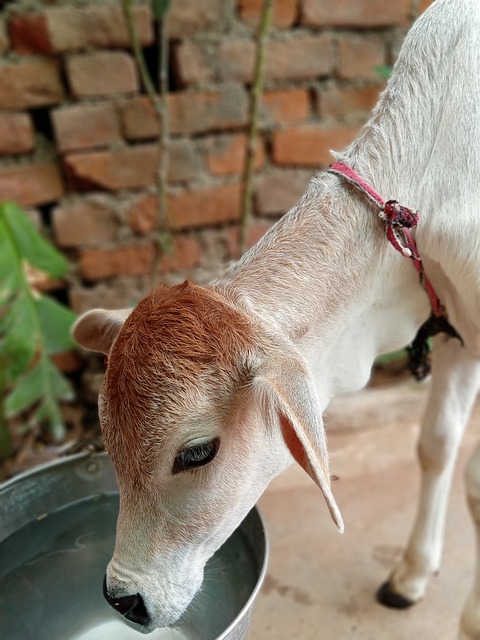Mastitis, a common and costly disease affecting dairy cattle worldwide, poses significant challenges to herd health and productivity. Mastitis develops when a quarter becomes infected by contamination from the outside environment. When cows calve in dirty conditions or lie in mud or manure after calving, pathogens may enter the teat canal. Bacteria can be introduced to dairy cow teats by improper or dirty milking equipment or improper handling at milking time. Mastitis may be a sequel to bruising and trauma if the udder is bumped and bruised.
Symptoms
When a cow has mastitis, milk production drops suddenly. The affected quarter is hot, swollen, tender, and sore; the cow resents having it touched. If she has a calf, she may not let him nurse that quarter. I
Prevention
However, by focusing on three key aspects, dairy farmers can effectively reduce mastitis infections and improve overall herd management.
1. Prioritizing Animal Health and Immunity:
Maintaining optimal animal health and immunity is paramount in preventing mastitis. Healthy cows possess stronger immune systems, which enable them to fight off infections more effectively. However, it’s crucial to understand that relying solely on the cow’s immune response to clear up infections can lead to adverse consequences, including a spike in somatic cell counts and a decline in milk yield. Therefore, proactive measures such as early detection and treatment of subclinical mastitis cases are essential to prevent the escalation of infection levels. Regular monitoring of cow health, including body condition scoring, mastitis screening, and vaccination programs, can help identify and address potential issues before they escalate.
2. Emphasizing Hygiene Practices:
Hygiene plays a critical role in mastitis prevention, both within the barn environment and during the milking process. Contaminated surfaces and equipment can serve as reservoirs for bacteria, increasing the risk of mastitis transmission. Therefore, maintaining clean and sanitary conditions in the barn, including proper manure management, bedding practices, and ventilation, is essential to minimize the spread of pathogens. Equally important is the hygiene of the milking area and the individuals responsible for milking the cows. Implementing rigorous cleaning protocols for milking equipment, ensuring proper teat preparation before milking, and adopting strict hygiene routines for milkers can significantly reduce the introduction of bacteria into the udder.
3. Focusing on Teat End Condition:
The condition of the teat end plays a crucial role in mastitis prevention. A well-maintained teat end serves as a natural barrier against bacterial invasion, whereas poor teat end condition can facilitate the entry of pathogens into the udder. Therefore, dairy farmers should prioritize regular inspection and maintenance of teat end health. This includes proper teat cleaning and drying before and after milking, as well as implementing measures to prevent teat end damage, such as minimizing overmilking and avoiding harsh teat disinfectants. Additionally, investing in teat dip products containing emollients and skin conditioners can help improve teat skin integrity and reduce the risk of mastitis.
Mastitis Treatment
Mastitis should always be treated as soon as you discover it. Milk the affected quarter as thoroughly as possible, then treat it with an antibiotic preparation. Mammary infusions designed for dairy cows work for beef cows also. The antibiotic preparations come in a plastic syringe with a nozzle to insert into the teat opening so you can squirt the medication into the quarter. Some infusions should be given once a day; others work better if given twice daily.
Conclusion
Mastitis prevention in dairy herds requires a multifaceted approach that addresses various aspects of herd management. By focusing on animal health and immunity, maintaining stringent hygiene practices, and prioritizing teat end conditions, dairy farmers can effectively reduce mastitis infections and enhance overall herd health and productivity. Adopting proactive strategies and implementing targeted interventions will not only minimize the economic impact of mastitis but also promote the welfare and longevity of dairy cattle.





